It's no secret that snow sports can be uncomfortable for your feet. Ski boots - those bulky hunks of overlapping polyurethane plastic - are the most notorious and have the ability to ruin your day before you've even set foot on the gondola. Snowboard boots are softer and therefore generally more forgiving, but if you want your feet to last the entire day, -nay, the entire season - then it's time to put some effort into proper ski boot fitting.
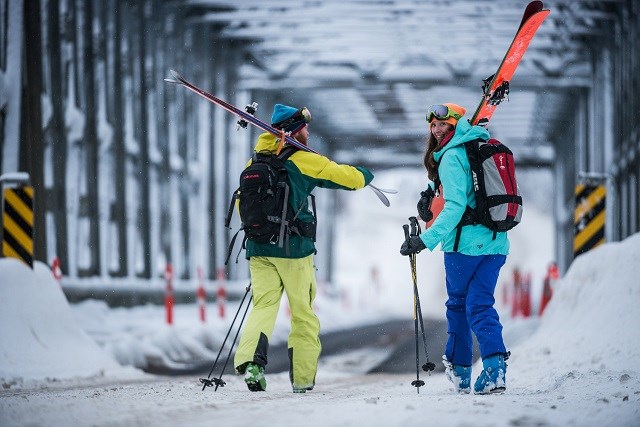 Happy feet mean happy days | Photo Dave Silver
Happy feet mean happy days | Photo Dave Silver
The first step to successful feet on the mountain is consultation with a qualified ski boot fitting technician. Not some kid working his first season in Whistler, you want the grizzled veteran who's been fitting ski boots for a living for 10 years or more. The next time your feet turn to hamburgers, they will be your guardian angel.
Everyone has different feet. That means that ski boots coming out of factories by the thousands are never going to be a perfect fit. But there are a few ski boot fitting features that can help put your lower extremeties at ease.
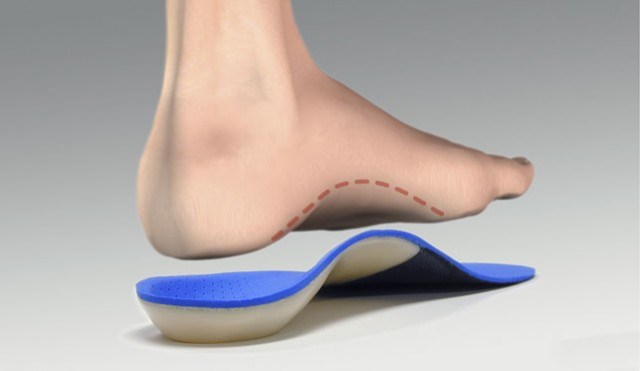 Appropriate foot beds are the foundation of ski boot fitting | Graphic by Skihaus
Appropriate foot beds are the foundation of ski boot fitting | Graphic by SkihausFoot beds
This is the first thing every skier or snowboarder should purchase alongside their new boots. Supporting the arch of the foot helps stabilize it inside the boot, which will help avoid uncomfortable collisions of your toes with rigid plastic. Heat moldable foot beds are bit more expensive but worth the money, especially if you have high arches or low instep.
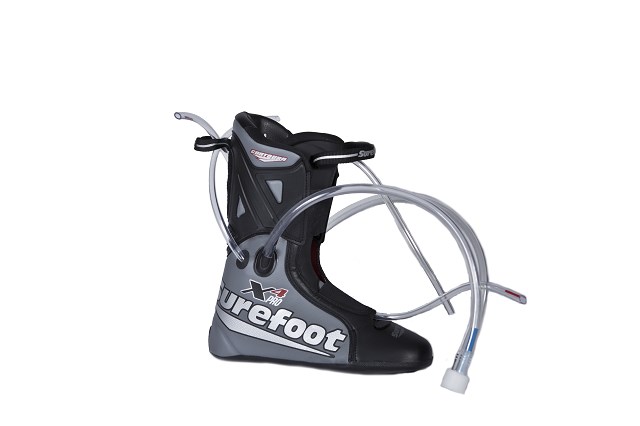 A Surefoot conformable liner prior to moulding | Photo Surefoot
A Surefoot conformable liner prior to moulding | Photo SurefootConformable Liners
These work by injecting a mixture of chemicals into an empty boot liner, which react and rapidly expand and effectively moulding the liner to the foot, ankle and lower calf. The most popular brand of foam injected liner in North America is Surefoot, where bootfitters also take a 3D imprint of the soles of your feet and mill a pair of custom orthotics. The whole process (with or without boot purchase) isn't cheap, but if you have difficult feet this is probably the road you want to take. The liners are known to last many more seasons than stock liners but with a caveat. They can be notoriously cold and take a while to break in.
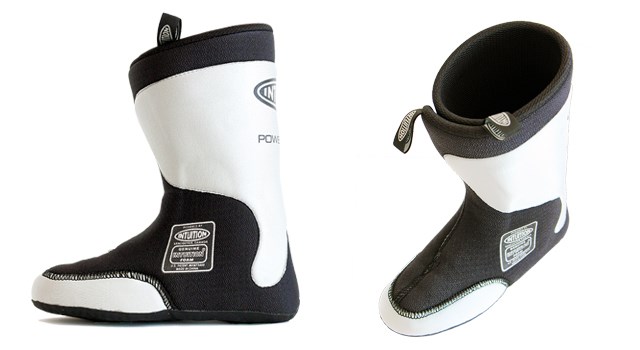 The Intuition Powerwrap liner is both warm and reasonably stiff, but packs out quicker than conformables | Photo Intuition
The Intuition Powerwrap liner is both warm and reasonably stiff, but packs out quicker than conformables | Photo IntuitionHeat-moldable Liners
More affordable and warmer than conformables are heat moldable liners such as Intuition. These are the go-to liner for the ski touring crowd as warmth and utility is prioritized over just comfort. By heating the liner over a stack heater, around 10 minutes of standing still is enough to mould these liners to your feet as they cool. Intuition liners can also be "baked" several times, an advantage if you don't get the fit right the first time or need to sell the boots on.
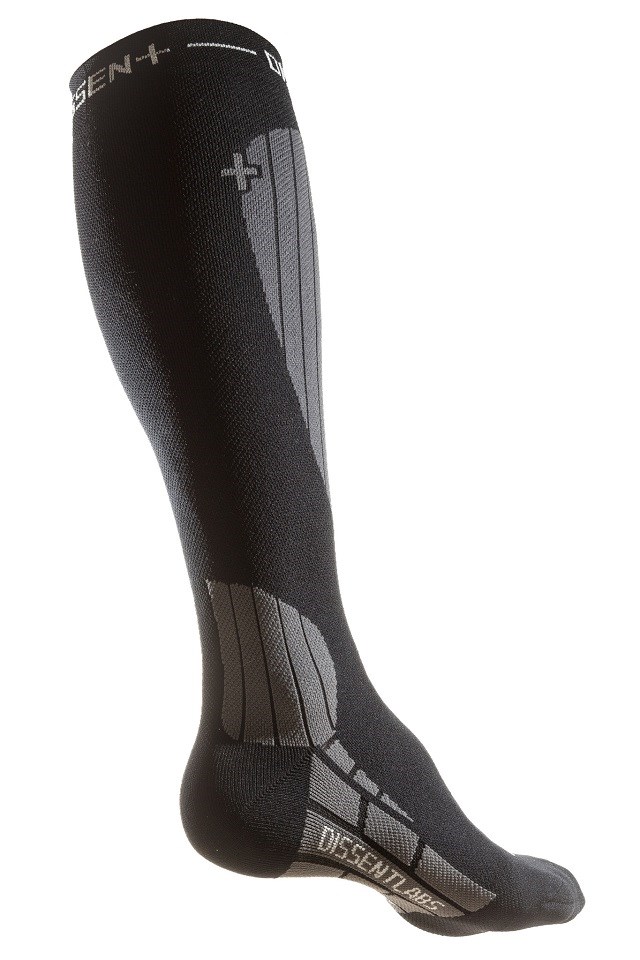 Last but not least, quality socks such as the Dissent Labs Genuflex will help keep feet warm and comfortable | Photo Dissent Labs
Last but not least, quality socks such as the Dissent Labs Genuflex will help keep feet warm and comfortable | Photo Dissent LabsCompression Socks
Once the footbeds and liners are in place, it's time to think socks. If cold is a concern, then a pair of compression socks are worth a try. Some companies even advertise up to 40% increase in blood flow and warmth. If you're looking for the ultimate in warmth and comfort alongside the above considerations, then don't cheap out on socks!
—Vince Shuley
More from Last Frontier Heliskiing